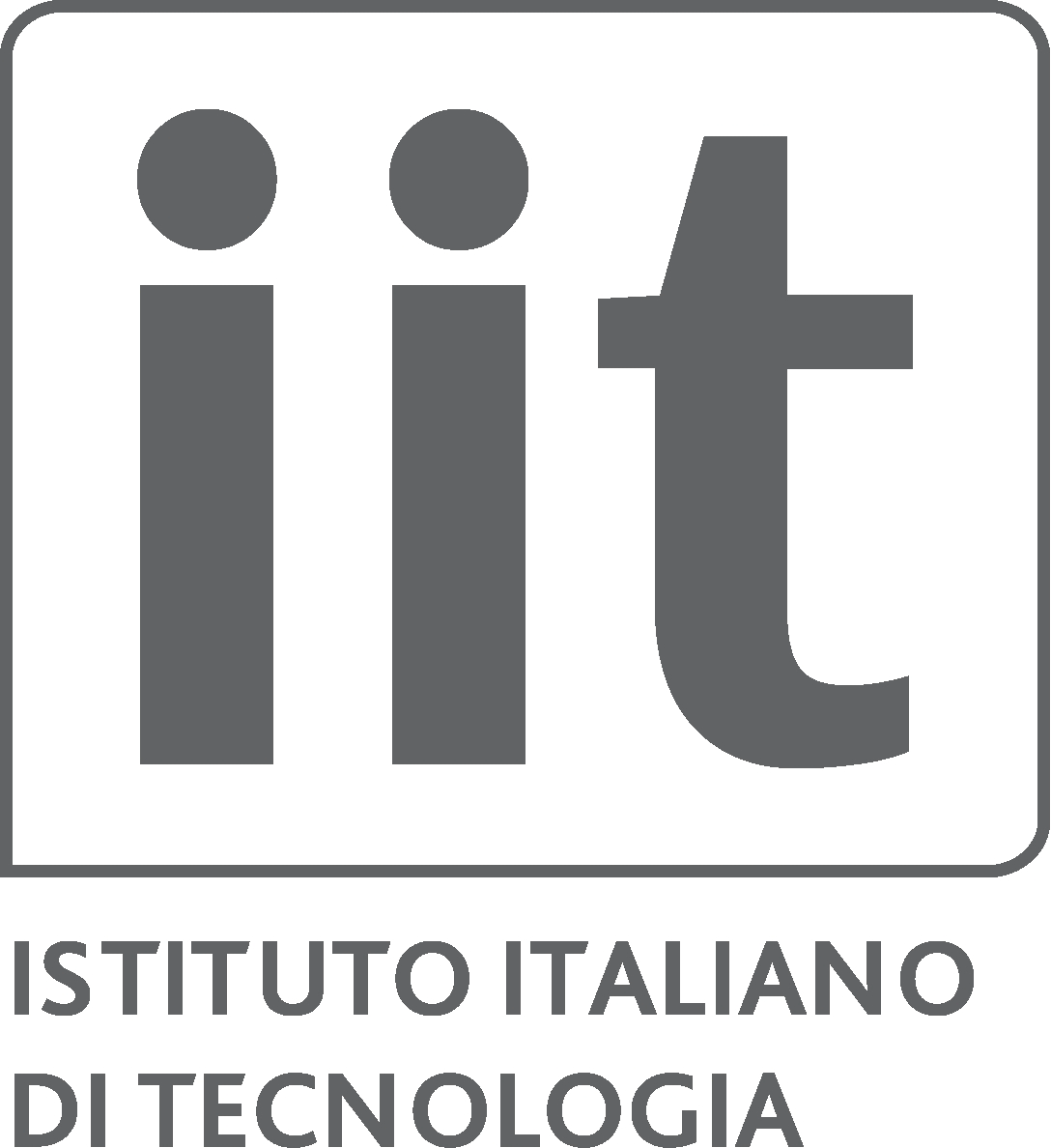Impact
It is no longer fanciful to predict that robots will soon become a domestic commonplace; recent demonstrations of humanoid robots signal a world-wide resurgence of interest, and robots are already available for some domestic applications. Moreover, we get closer to the time when robots will leave the cages of industrial robotic workcells and start working in the vicinity of and together with humans. This is not only believed by robotics researchers, but also by leading automotive and IT companies and by some clear-sighted industrial robot manufacturers.
It is clear that these human friendly robots need to look very different from today\x92s industrial robots. Rich sensory information, light-weight design and soft robotics features are required in order to reach the expected performance and safety during interaction with unknown environments or with humans. However, actuator performance is perhaps the main limitation encountered at the design of these robots. The required performance cannot be achieved with the current industrial robotic design, morphology and control approaches. Today, robots which can carry similar load and move as fast as humans are by one or two orders of magnitude heavier, thus posing a high potential risk to the humans. New developments in light-weight robotics with torque sensors reduced this discrepancy substantially, but there seems that a technological limit has been reached, regarding what can be obtained with conventional, rigid robotic actuation. It is the belief of the consortium (motivated by our previous work and encouraging preliminary results) that by looking to the principles which enable the high efficiency and performance of motion in biological systems, and applying them to design new robotic actuators, a further considerable advance can be made.
This advance in technology will pave the way towards new application fields, such as industrial co-workers, household robots, advanced prostheses and rehabilitation devices, and autonomous robots for exploration of space and remote planets. Therefore, results of this project will deeply impact applications where successful task completion requires people and robots to collaborate directly in a shared workspace or robots to move autonomously and as efficiently as humans.






